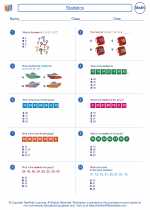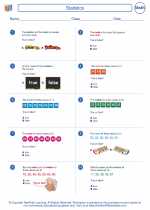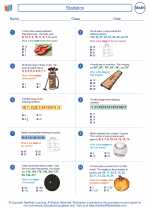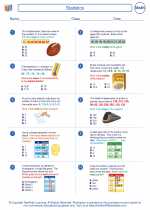Statistics -> stratified sampling
Stratified Sampling
Stratified sampling is a type of sampling method used in statistics where the population is divided into subgroups, or strata, and a simple random sample is then taken from each subgroup.
Why Use Stratified Sampling?
Stratified sampling is used to ensure that the sample accurately represents the entire population. It is particularly useful when the population has distinct subgroups that differ in some important way, such as age, gender, income level, or education level. By taking a separate sample from each subgroup, and then combining the results, the overall sample will more accurately reflect the characteristics of the entire population.
Steps for Conducting Stratified Sampling
- Identify the Strata: Divide the population into distinct subgroups based on relevant characteristics.
- Determine Sample Size: Decide how many individuals to sample from each stratum, based on the proportion of that stratum in the overall population.
- Randomly Select Samples: Use a random sampling method to select individuals from each stratum. This can be done using random number generators or other randomization techniques.
- Combine the Samples: Once the samples are collected from each stratum, combine them to form the overall sample for analysis.
Example
Suppose a company wants to conduct a customer satisfaction survey. They have a customer base that consists of different age groups: 18-25, 26-40, and 41-60. To ensure a representative sample, the company decides to use stratified sampling. They randomly select 100 customers from each age group to participate in the survey, and then combine the results to analyze overall customer satisfaction.
Study Guide
When studying stratified sampling, it's important to understand the following key concepts:
- The purpose of stratified sampling and when it is appropriate to use this method.
- The steps involved in conducting stratified sampling, including identifying strata, determining sample size, and randomly selecting samples.
- How to calculate the overall sample size and the sample sizes for each stratum.
- How to interpret the results of a stratified sample and make inferences about the overall population based on the sample data.
It's also helpful to practice with sample problems and real-life examples to reinforce your understanding of the concept.
Remember to pay attention to the specific requirements of any problems you encounter, and consider how stratified sampling can be applied in various real-world scenarios.
Conclusion
Stratified sampling is a valuable tool for obtaining a representative sample from a population with distinct subgroups. By understanding the principles and methods of stratified sampling, you can ensure that your sample accurately reflects the characteristics of the entire population, leading to more reliable statistical conclusions.
Good luck with your studies!
.◂Math Worksheets and Study Guides Sixth Grade. Statistics

 Worksheet/Answer key
Worksheet/Answer key
 Worksheet/Answer key
Worksheet/Answer key
 Worksheet/Answer key
Worksheet/Answer key
 Worksheet/Answer key
Worksheet/Answer key
 Worksheet/Answer key
Worksheet/Answer key
 Worksheet/Answer key
Worksheet/Answer key
